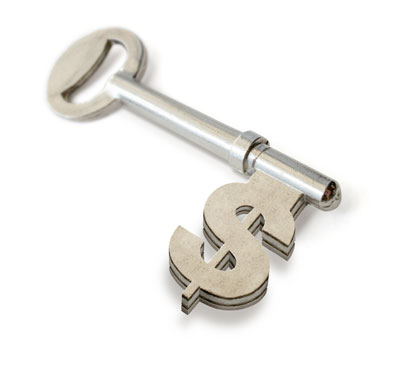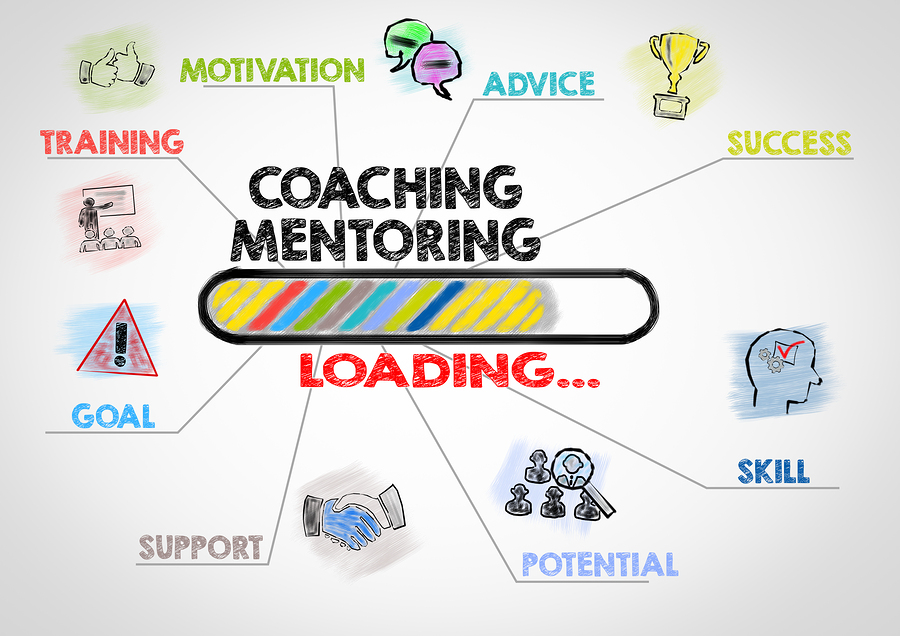James Russell, RN-BC, Value Analysis Facilitator
VCU Health System, Richmond, VA
One of the best things about being a Value Analysis Facilitator is the ability to help shine a light on other efficiency-minded folks in an institution. At the Virginia Commonwealth University Health System (VCUHS), some of the best Value Analysis ideas come from the front line staff that use and/or order our supplies. Encouraging the staff to be on the lookout for cost-saving ideas or standardization opportunities can reap great rewards for a Value Analysis program. The secret is to share as much credit for a successful outcome as possible, which encourages even more creative ideas to come.
Communications
One way to prompt staff in general to contribute their ideas and observations is to publish a newsletter. The Value Analysis department at VCUHS publishes a newsletter quarterly that includes updates on the newest items added to formulary, interviews with various supply chain professionals, and stories about individual staff members who’ve made contributions to the Value Analysis cause.
A simple example of this process involved Lisa Cash, a Nurse Manager Support Assistant (NMSA) in the Surgical Trauma Intensive Care Unit (STICU). At VCUHS, NMSAs are indispensable members of the healthcare team who are often involved in supply optimization. In fact, we have a monthly meeting with the NMSAs and
Support Services departments to address concerns quickly. Having strategic people like this throughout an organization can help provide the Value Analysis department with many sets of eyes and ears, allowing small problems to be rectified before they become big ones.
One day, while in the supply room, Lisa noticed there were two different types of blood tubing on her shelves. They were from two different manufacturers, but appeared very similar. She challenged Value Analysis to figure out why she had “Coke” and “Pepsi” on her shelves, thinking that it wasn’t very efficient. Just this small query was enough to set a project in motion. After examination of the data, it turned out she’d discovered a bit of muda (LEAN terminology for waste).
It turned out that the hospital formulary had two different types of blood tubing throughout the facility, but usually only one or the other in an individual department. After examination of each type of tubing by the experts in the Blood Bank Laboratory, as there were minor differences in the filter sizes, it was determined that standardization could occur to either item. One item cost 50% more than the other. VCUHS used about 10,000 of these items annually, with an 80% skew toward the more costly item.
The facility standardized to the lower cost item and realized an annual cost savings of $15,000. In the grand scheme of Value Analysis projects, this may not seem like a large amount. However, the fun part was giving Lisa the credit for the savings. The qualitative ROI of publicizing and applauding her efforts was similar suggestions by other members of the hospital staff from all over the facility. Even more encouraging was the positive response to the entire process from all concerned.
Respect
For an individual staff member, to have an idea (or even a complaint) that is listened to, investigated, and followed up on, is a gesture of respect and a showing of appreciation for their concerns. For the Value Analysis department, it is a free resource of thousands of eyes to catch other opportunities to improve processes, reduce waste, standardize, and achieve savings. Not only is this a win-win situation…it is fun to reward folks for good ideas!
Recognition
Value Analysis created an award (made a certificate from a Word template), bought a small gift card, and threw her a surprise celebration on her unit with her colleagues (and her bosses!). A picture was taken and placed in the Value Analysis newsletter, extolling her exceptionally keen eye for detail. The quantitative Return on Investment (ROI) of Lisa’s keen eye was $15,000 in cost savings.
Jim Russell is a Value Analysis Facilitator for Virginia Commonwealth University Health System and has more than 25 years of nursing experience, specializing in critical care and psychiatry. He's been a Staff Nurse, Charge Nurse, Clinical Coordinator, Nurse Manager, Director, and Chief Nursing Officer. He worked for many years in the for-profit community healthcare sector and also has several Academic Medical Centers on his resume. Jim sat for 5 years on the Nursing Advisory Board for a HealthTrust, performing Value Analysis for nursing related products and represented more than 70 hospitals. He is currently on several Advisory Councils and Special Interest Groups for UHC and Novation. When not at work, he can be found rolling around with his hyperactive rescue Husky. You can contact Russell with your questions or comments at jrussell2@mcvh-vcu.edu





